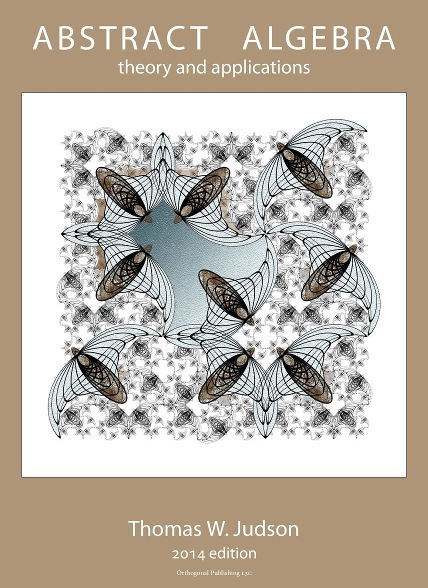<program label="python-code-lens-questions" interactive="codelens" language="python" include-source="yes">
<code>
def foo(n):
n = n + 1
return n
x = 7
y = x // 3
z = foo(y)
</code>
<checkpoint line="4" answer="x">
<prompt>What variable is being assigned to?</prompt>
</checkpoint>
<checkpoint line="5" answer-variable="globals.y">
<prompt>What value will be assigned to <c>y</c>?</prompt>
<feedback><c>//</c> does integer division</feedback>
</checkpoint>
<checkpoint line="3" answer-variable="current_frame.n">
<prompt>What value will be returned?</prompt>
<feedback>What is <c>n</c> right now?</feedback>
</checkpoint>
</program>
Section 3.3 Code Lens
CodeLens is an interactive tool for following program execution, much like a debugger, without the ability to influence flow control or variable values. For use without a server, traces must be computed beforehand. First, we have some trivial programs, to provide minimal testing.
Codelens interactives can be given one or more checkpoints where the user is asked a question as the code is executed:
View Source for program
If a Codelens contains checkpoints, it is also possible to make it into an exercise. For use on Runestone, there should be an
@label on the exercise:
Checkpoint 3.3.5. A C++ program as CodeLens exercise.
Run the codelens and answer the questions it asks.
Now some moderately more complicated programs to find the prime numbers less than \(20\text{.}\) We do not vouch for the quality of these, or even their correctness!
View Source for program
<program label="sieve-codelens-python" interactive="codelens" language="python" starting-step="73" include-source="yes">
<code>
def SieveOfEratosthenes(n):
# array of type boolean with True values in it
prime = [True for i in range(n + 1)]
p = 2
while (p * p <= n):
# If it remain unchanged it is prime
if (prime[p] == True):
# updating all the multiples
for i in range(p * 2, n + 1, p):
prime[i] = False
p += 1
prime[0]= False
prime[1]= False
# Print
for p in range(n + 1):
if prime[p]:
print (p,end=" ")
# main
if __name__=='__main__':
n = 20
print ("The prime numbers smaller than or equal to", n,"is")
SieveOfEratosthenes(n)
</code>
</program>

